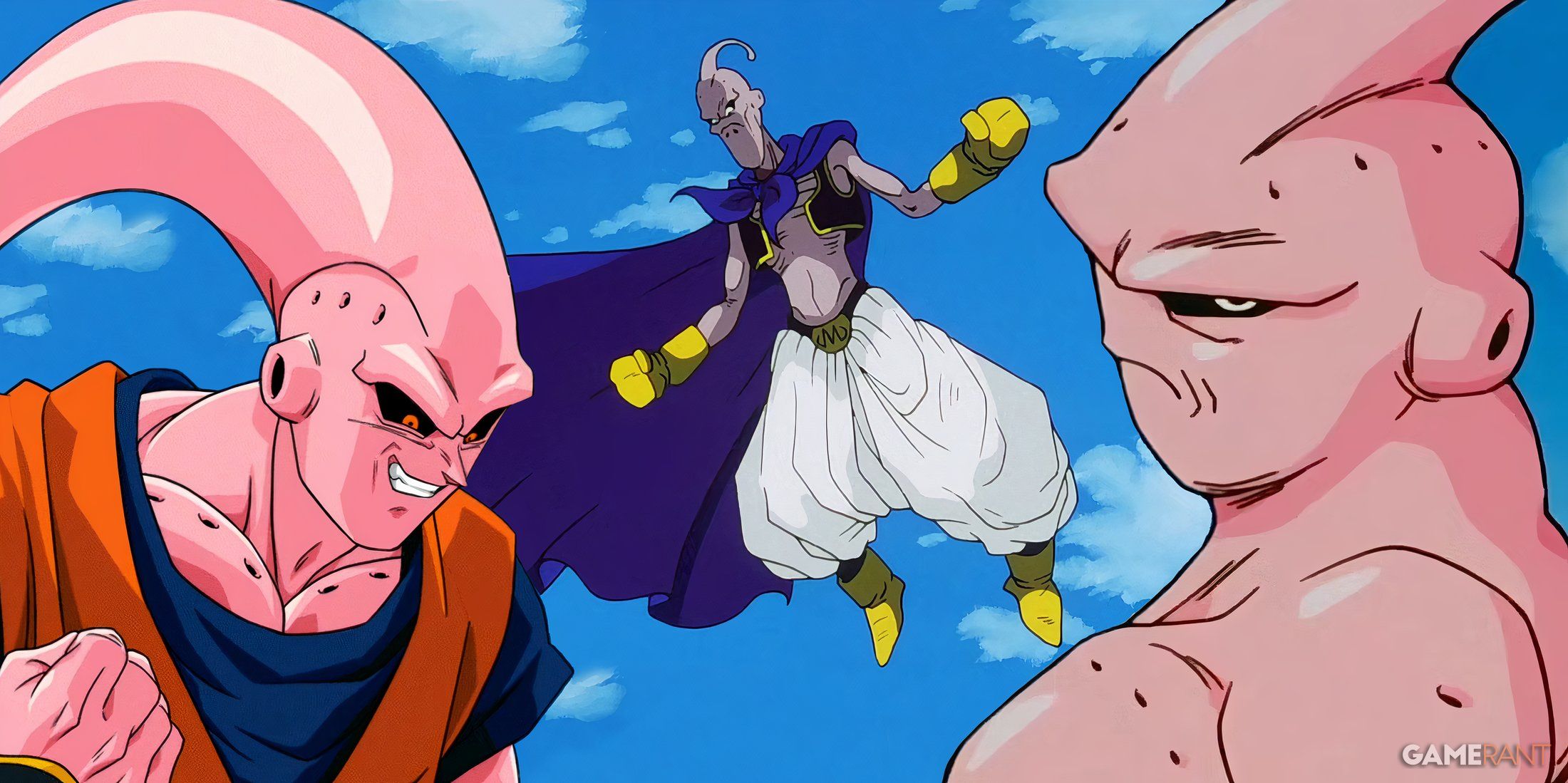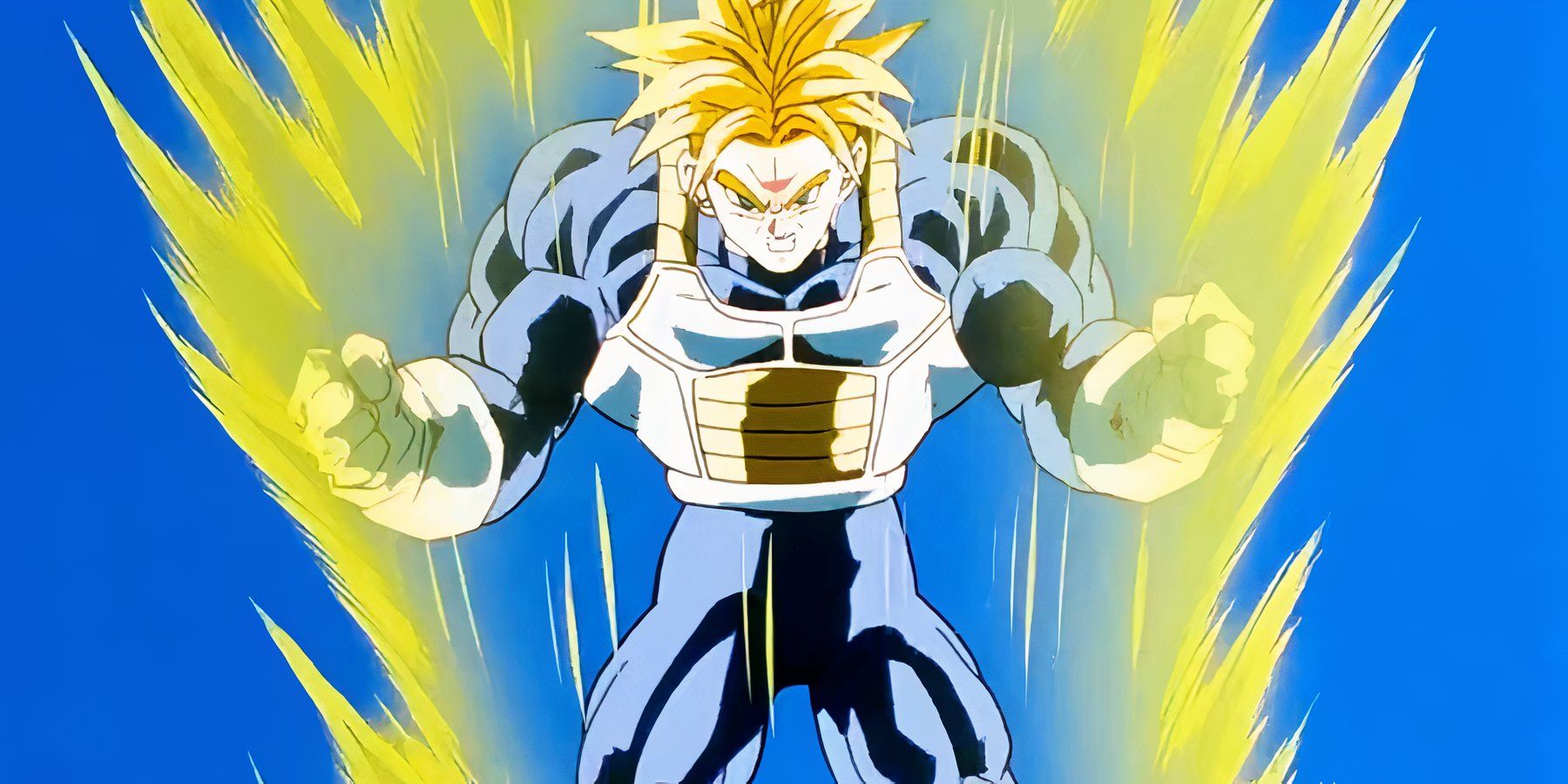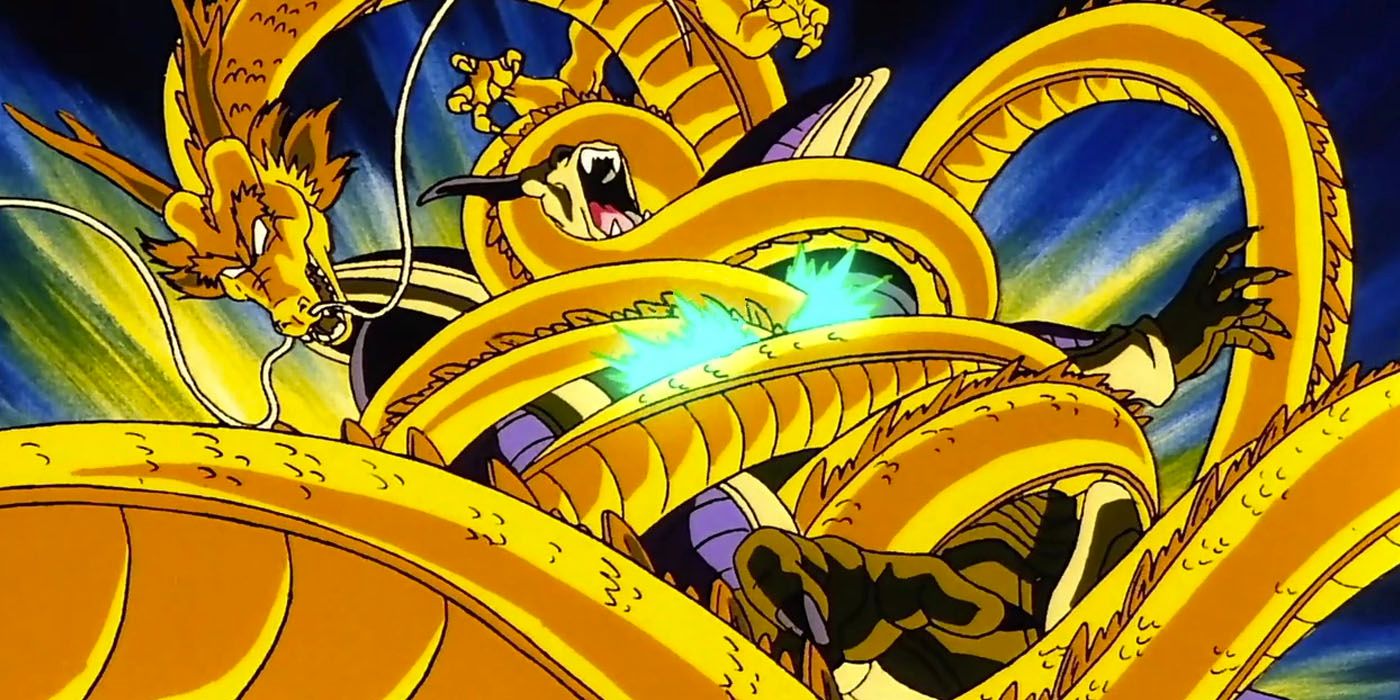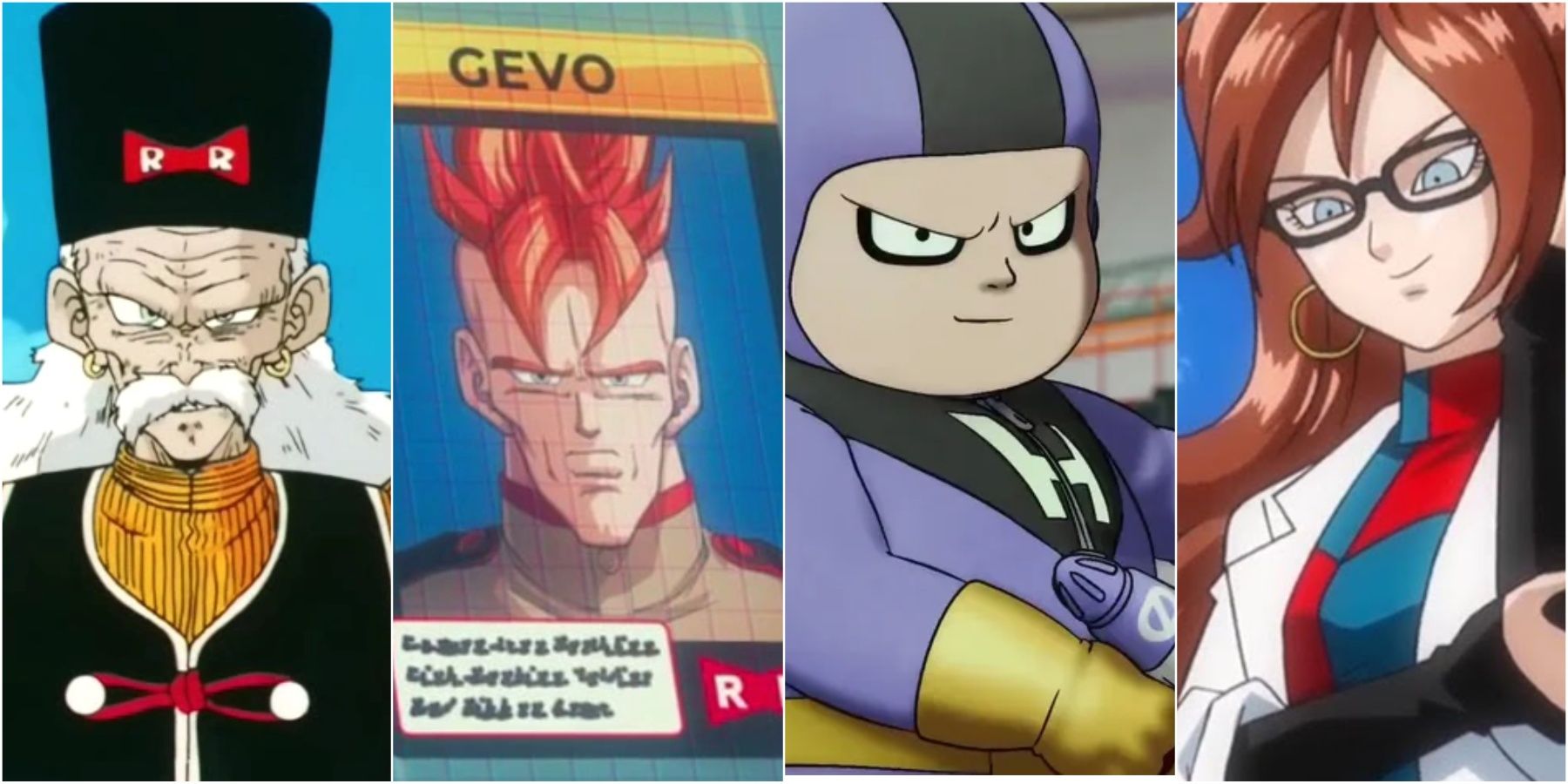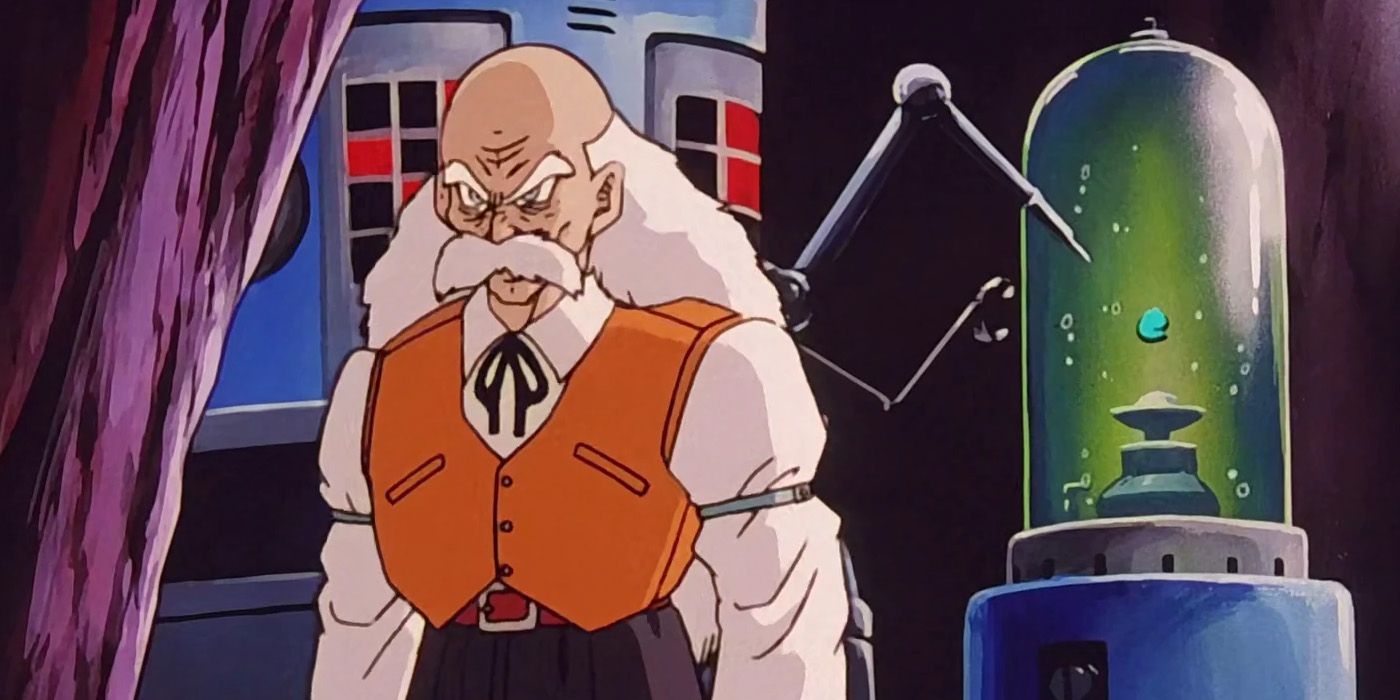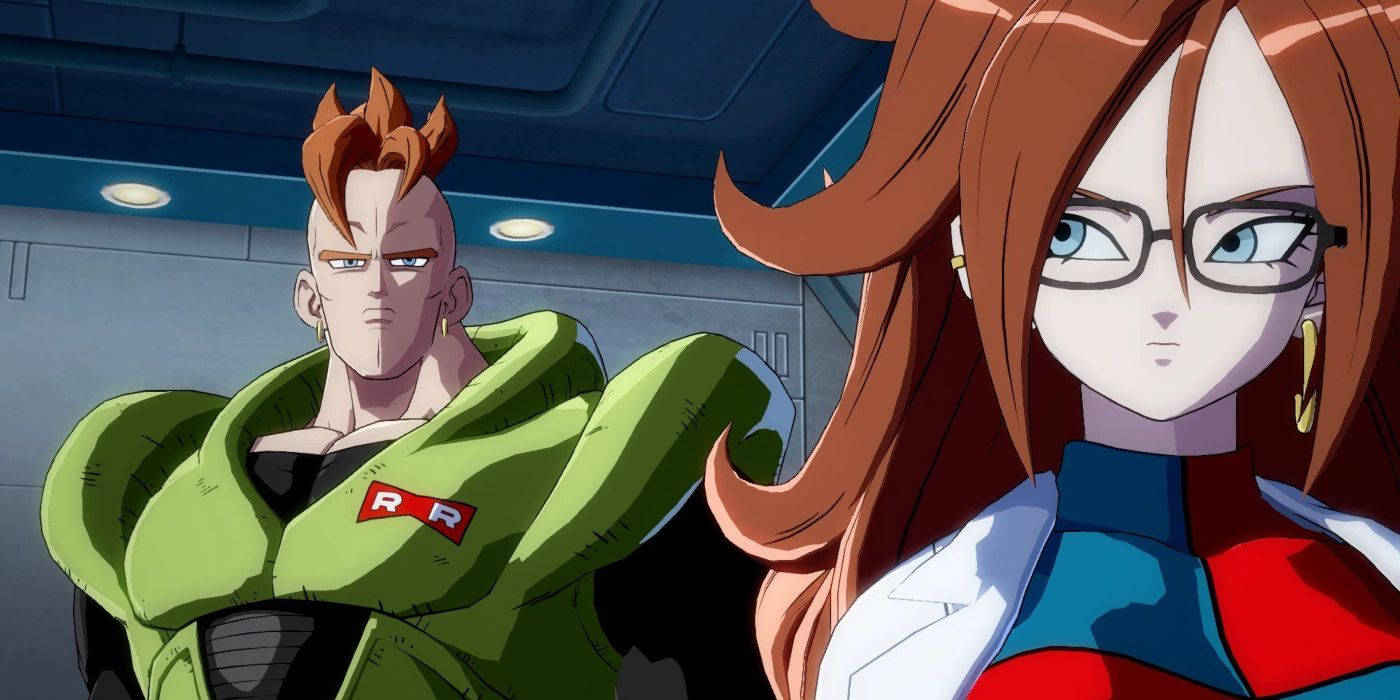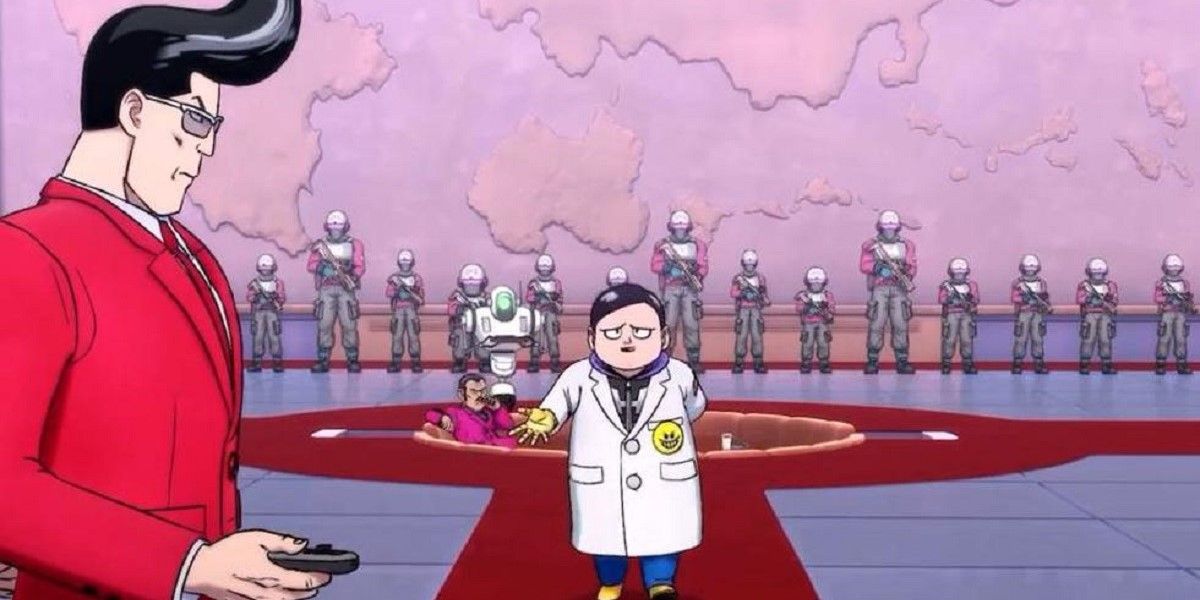Highlights
- Dr. Gero's family, including his wife Vomi and grandson Dr. Hedo, all have names related to vomiting, following the naming conventions of the Gero family.
- Android 16 was modeled after Gero's son Gevo, who died in combat, and his programming had a major influence on Gohan and his transformation.
- Hedo's creations in the Dragon Ball Super: Super Hero film include Gamma 1 and 2, as well as an improved version of Cell called Cell Max, which he created using Gero's schematics.
Dr. Gero has been an enemy of Goku ever since his single-handed destruction of the Red Ribbon Army during the events of the original Dragon Ball. The scientist has borne a huge grudge against Goku ever since, constructing various Androids in secret, Androids powerful enough to destroy Goku. Of the constructions that Dr. Gero has created, the Androids 16, 17, 18, and Cell are the most famous and have had the greatest implications on the Dragon Ball narrative. In Dragon Ball Super: Super Hero, Dr. Gero's grandson, a Dr. Hedo, appears to be following in his grandfather's footsteps, constructing two Android twins and creating a new and improved Cell using Gero's schematics.
In the Dragon Ball Super: Super Hero movie, Hedo's family tree is briefly seen, with a first-time look at many of Gero's descendents, including Vomi, whose character design looks just like Android 21, the main antagonist in the Dragon Ball FighterZ videogame. So, who's who in the Gero family?
(N)EMESIS
Dragon Ball creator Akira Toriyama is notorious for his nomenclature, with various characters having thematic names. For instance, the Saiyans are all named after vegetables, while the Frieza race are named after either things that cause cold or cold itself; Krillin and his colleagues in the police force are all named after nuts, and Bulma's family is named after types of underwear. With this in mind, it's safe to assume that even members of the Gero family has some kind of naming convention – and they definitely do. In Japanese, "Gero" (pronounced with a hard g- sound, instead of the j- sound from the English Dub, so "geh-roh") is commonly used to refer to vomit or the act of doing so.
His son, after whom Android 16 is designed, was sometimes referred to as "Gold" to follow the colour-based naming conventions of the Red Ribbon Army; however, his name is Gevo (it would be pronounced "Gebo" in the original Japanese), which is another reference to vomit. Meanwhile, a woman named Vomi, who serves as the template for Dragon Ball FigherZ antagonist Android 21, is Dr. Gero's wife and Gevo's mother. Her name is a clear nod at the word "vomit" and follows the four-letter naming conventions of the Gero family. Dr. Hedo is the grandson of Vomi and Gero, and his name is yet another emetic reference, but it comes from the Japanese phrase "Hedo ga deru", which is literally "vomit is coming out (of me)" and is used to express disgust, so it's more like "this makes me sick (enough to vomit)".
Family Ties
The family tree as far as we know it starts with Dr. Gero and his wife, the researcher Vomi. Their union brings forth two children, Gevo, and the unnamed second child who is the parent of Dr. Hedo. Gero experienced grief when he lost his son, Gevo, who was gunned down in combat. Android 16 was modeled after Gevo and designed specifically to be gentle because Gero didn't want to lose his son to the battlefield a second time. Despite that, 16 was still committed to taking down Goku, but his programming is also what ended up having a major influence on Gohan, who achieves the Super Saiyan 2 transformation after witnessing 16's death at the hands of Cell. 16 is by no means Gero's first creation; however, most of his Androids were failures, and he destroyed all from 1-15. Androids 1-7 and 9-12 were fully mechanical, but the Androids 13-15 would be the first time Gero conceptualized a bio-Android that would be capable of evolution through absorption of its siblings.
In the film Dragon Ball Z:Super Android 13!, Androids 14 and 15 are initially completed by Gero's self-aware supercomputer, and they accost Goku and Trunks before the completion of Android 13. 'When 14 and 15 are defeated, Android 13 absorbs them to become Super Android 13. Androids 17 and 18 were initially delinquents named Lapis and Lazuli, and due to largely biological makeup, they retained their free will, making them dangerous even for Dr. Gero. Android 19 was modeled on a doll Gero found in an enemy facility, and through his assistance, Dr. Gero created a mechanical body to house his brain, becoming Android 20. Androids 19 and 20 were meant to be the sole antagonists of what eventually becomes the Cell Saga, but intervention from one of Toriyama's editors saw the development of 17 and 18, and then Cell. Cell is considered Gero's magnum opus, a bio-Android engineered from the cells of the Z-Fighters designed to evolve through absorption of Androids 17 and 18 to achieve its "Perfect" form.
Extended Family Ties
Hedo's creations in the Dragon Ball Super: Super Hero film are only Gammas 1 and 2, as well as Cell Max; however, in the currently running arc in the manga, we see why Hedo is put in prison prior to being recruited by Magenta in what was the beginning of the movie. Hedo is put in jail for stealing corpses, which he would then reconstruct into various Androids: the Alpha Series, Beta Series and his greatest achievement yet, the Ultraman-inspired Gamma Series. Alpha, Beta and Gamma are Greek letters, and Greek is a language with script subject to gematria – the assignment of numerical values to words, names, phrases and even letters; so Alpha is 1, Beta is 2, and Gamma is 3. Cell Max is the incomplete update of Cell created by Hedo using Gero's schematics.
The largely mechanical body of Cell Max is evidence that Hedo had an incomplete blueprint of Cell and used his own knowledge to fill in the gaps. Beyond the canonical Dragon Ball universe, the Gero family tree has several more appendages, with Dr. Gero collaborating with Dr. Myuu in Hell to create a second Android 17 to fuse with the first, giving rise to Super 17. In the game Dragon Ball Fusions, various versions of Gero are responsible for the creation of even more Androids, 33, 44, 55, and the Namekian Android 76. In Dragon Ball FighterZ, Android 21 is constructed in a secret lab by another one of Dr. Gero's supercomputers.
Dragon Ball Is available to stream on Crunchyroll

